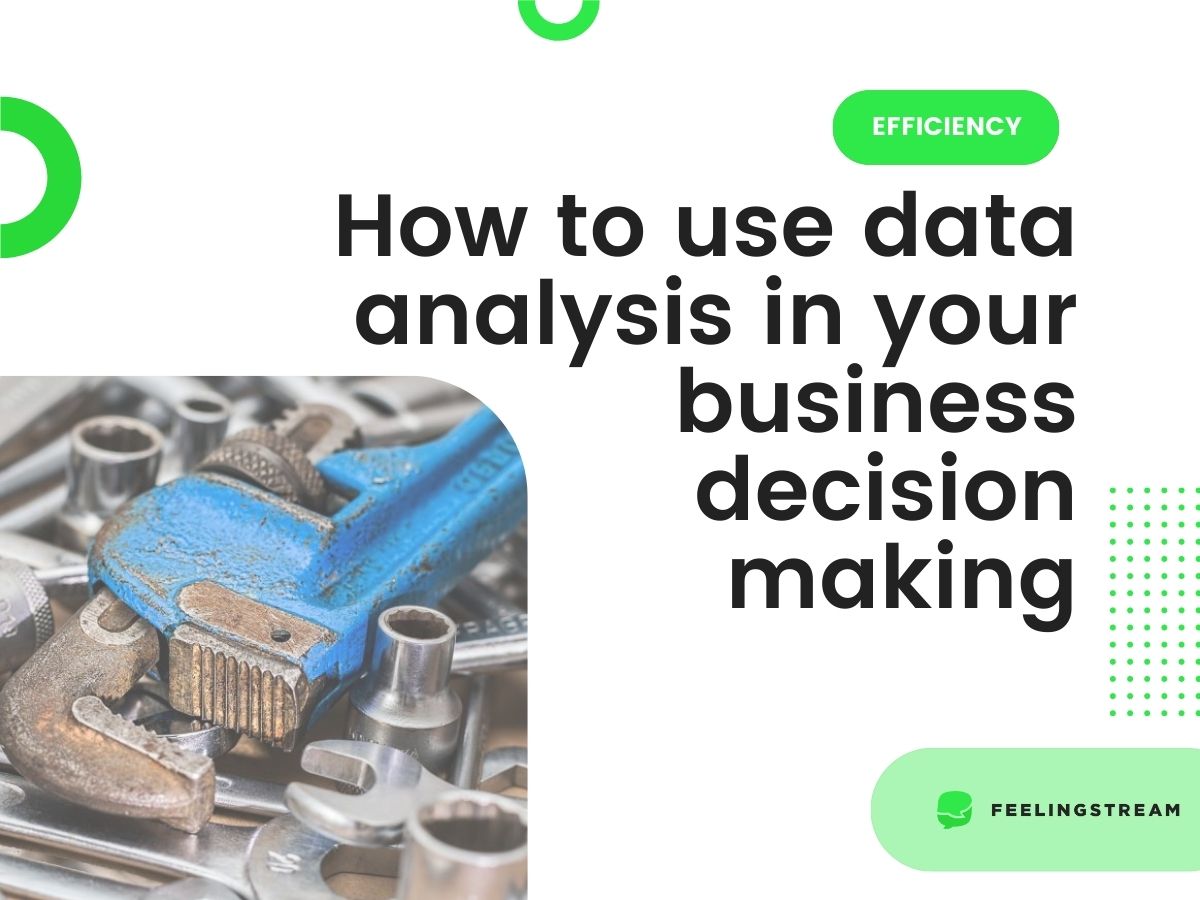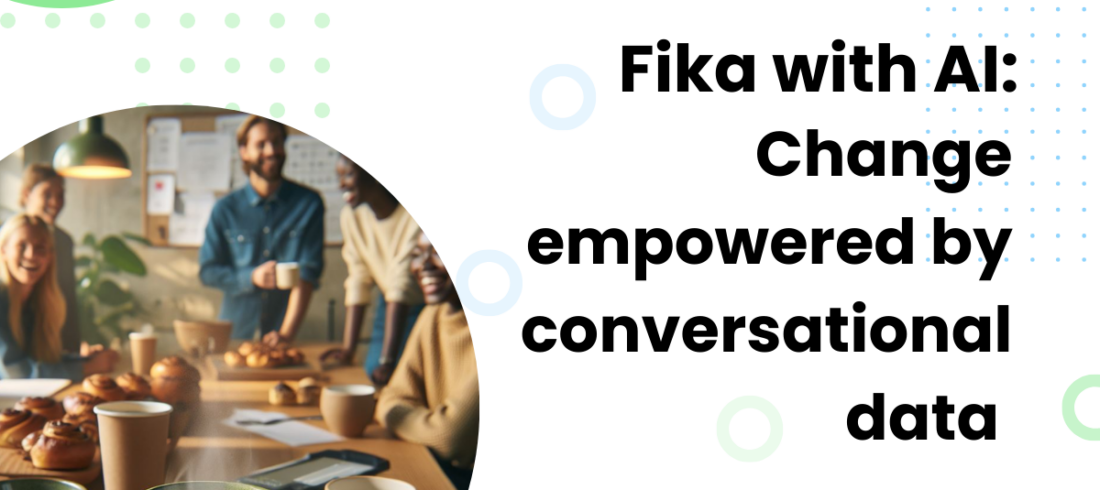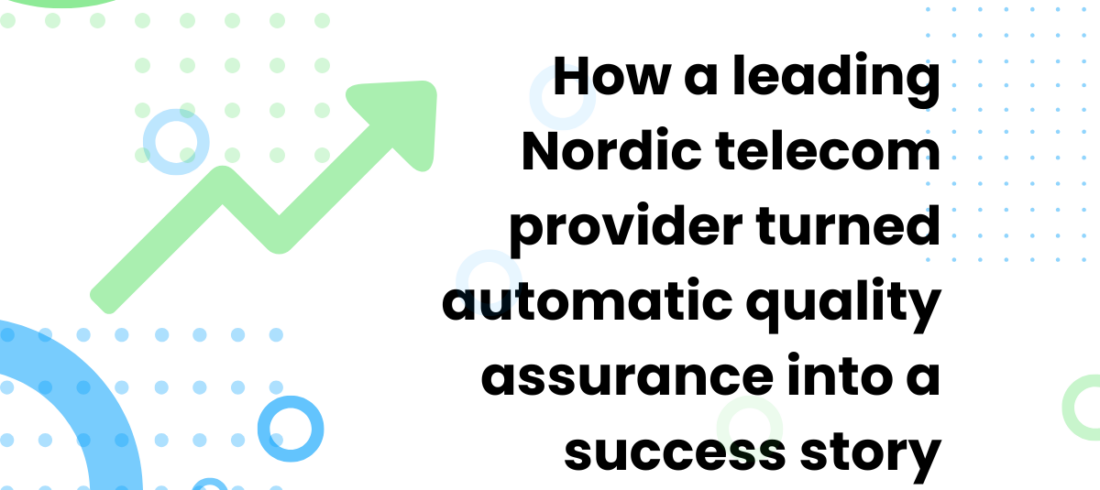Data-driven decision-making has been at the forefront for a while now and it has been the way of working for many companies. Even though increasingly popular, the data-driven approach has not always taken companies to their needed business growth. It is also likely that by using this approach, companies have not used available data to their full potential when making their business decisions. Because of that, we’d like to shed light on decision-driven data analysis as a way forward. In this blog post, we will try to explain the difference between the two approaches. We will show how the decision-driven approach could be more beneficial.
What do companies currently base their business decisions on?
Business decisions can be made in multiple different ways and there are various approaches. Data-driven decision-making has been THE method for making decisions for many companies for years. American Productivity and Quality Center conducted a survey “2021 Process & Performance Management Priorities & Challenges” . They found that the top data and analytics challenge for companies is establishing a culture of data-based decision making. 61% of the companies were struggling with this. This goes to show that even though quite popular, the approach may not be working for many companies.
A lot of managers (sales, quality, retention, etc.) still make many decisions in the dark. They do not have data backing up their decisions. They might trust their “gut feeling” or just do things because of the famous quote “we have always done it this way” . There’s no questioning if the decision or process is right. Going with “the usual process” means that there is no development. But as times are changing around us, so are the people, the markets, so is everything. It could just be that if you are not keeping up with what is happening around you, you keep damaging your business without even realizing it.
Data-driven vs decision-driven approaches
The data-driven decision-making process means that managers will look at the data they have. They think about what they have to decide, and try to use the data in front of them to make their decisions. The issue is that the data they see, may not always be what they need. This is like the streetlight effect – we turn our eyes towards what we can see the easiest. Instead of working on our most influential and important issues, we may just be solving issues that seem easiest.
Instead of looking at all of the available data, let’s shift focus to the questions that we need to answer. If we need to make a business decision, we can look at alternative solutions and gather appropriate data. After that, managers can make informed decisions. We need to be bold, use critical thinking and find clarity to be successful.
The data-driven approach looks at the current standing of the company with the data that is available to the company as is. The decision-driven approach deals with the present but brings much more focus on understanding the future, making business decisions and finding alternate solutions, deciding between the alternatives. Data comes into play either way, but in decision-based thinking, the thought comes before the data.
An example of data-driven vs decision-driven approaches
A good example here is when a company is struggling with incoming call volume. The data-driven approach could be that the company starts to search for a way to route calls based on Agent’s skills. This is due to the available data – call volumes, Service Levels (SLA), After Call Work (ACW) results and number of Agents.
The preferred and supported method for Feelingstream is to start with the root cause – you have too many calls. All you need to do is to think critically and ask why. In the end, you have to make a decision on how to run your business with this call volume. Given that, it’s wise to ask why do we have this amount of calls every day? Are these adding value for us? What characteristics do we have today for calls? Can we move 10% of calls to a self-service channel – the cheaper option? This is now your way of starting from decision-driven analytics. To answer all these “Why?” questions, you need more variable data than call volumes or Number of Agents. You need to analyse the content of calls.
How Feelingstream works with the decision-driven approach
When businesses start using Feelingstream, we encourage all relevant stakeholders to start thinking of and analyzing their business questions and hypotheses with us. We want to know what the companies need help with, what questions they need to answer, and what decisions need to be made. Management can use customer conversations and data from them to answer business questions about products and services. This data helps improve customer service, marketing, products, etc. Our AI can help answer business questions. Still, the questions need to be asked first.
Getting started – what are the business questions?
When the Feelingstream platform is brought to the organization, we start the onboarding process with the business side. We follow the organizational structure to create departmental groups for sessions to encourage their collaboration. Groups can name the challenges that they have and ask their business questions. We help them see how the data can help them answer the questions. Customer interactions provide data that answers questions about how to improve products and services, how to best target marketing, how the company could be approaching its existing customer base. The platform gives holistic visibility. All relevant managers must end up working together to make the most of what we can share with them.
Finding data to answer the business questions
At first, this process may be a bit daunting, but with asking questions and then finding data to help answer them, the technical capabilities open up and become clearer for the users. We encourage using data analysts in each business team (sales, marketing, product research, etc.). They can help with the decision-driven process if they are close to the business problems that need solving. Managers may not see problems in user-friendliness, products or services, etc until they see data that explains the issues. At the same time, analysts may not know what to turn their focus on, unless given the lead. Cooperation between the decision-makers and analysts is important. Managers will ask questions relevant to the business. Analysts will give them the real and raw picture based on data. The cooperation can lead to better decisions (reality check with data) and better analysis (relevant for decisions).
During onboarding, the company gets into the process of decision-driven analytics with Feelingstream. By going through the process of naming their business questions, finding the data to help understand the alternative solutions, and then making informed decisions and changes, they learn about the Feelingstream platform. They also learn about their products and their customer base. They see how they could find new business opportunities within their current customer base. Opportunities are pretty much endless. It is just a matter of asking the questions and diving into the data to look for the answers.
If you wish to find out more about what Feelingstream can do for you, register for a live demo. Please also read our Ultimate Guide to Efficiency with AI for more information.




